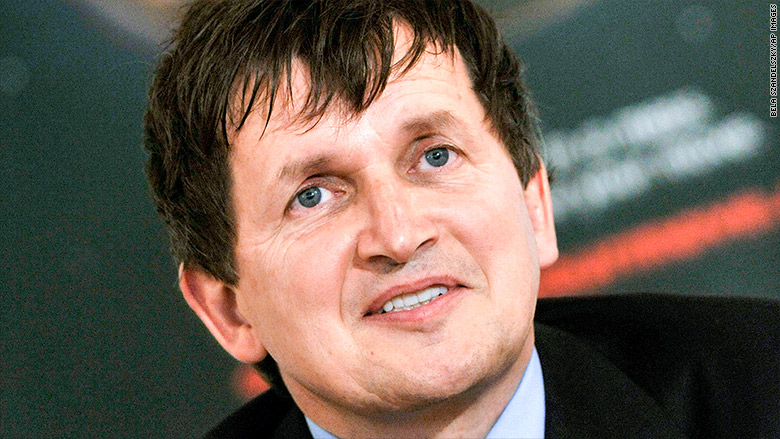Microsoft announced today that they have acquired Intentional Software, a Bellevue, Washington-based company working on business productivity software. But more than the acquisition and how it will help Microsoft’s ever expanding line up of business productivity applications, all eyes will be on the return of Charles Simonyi, founder of Intentional Software and ex- chief architect of Microsoft Word and Excel.
Charles Simonyi, who holds a Ph.D. in Computer Science from Stanford University with a dissertation on “Meta Programming”, was one of the old hands at Microsoft, joining the company in 1981, six years after Bill Gates and Paul Allen founded Microsoft. He left Microsoft in 2002 to start Intentional Software and, nearly 15 years later, he will be back at Microsoft.
Microsoft’s EVP of Office Product Group, Rajesh Jha, wrote in a blog post:
“this acquisition will build on the work we’re already doing to deliver the tools necessary to be productive in an information-rich world. Intentional Software’s technology and talent will enhance our existing capabilities and strengthen our ability to add new tools and services to Microsoft’s robust productivity offering.”
Though it’s not exactly clear how Intentional Software’s current products or expertise will help Microsoft’s ever-expanding business productivity applications such as Office 365, Simonyi dropped a few hints on the direction his team might take within Microsoft, expanding the interaction element in productivity applications.
Listen to what he says in his blog post:
The devices are getting better, especially new devices from Microsoft – the Surface Book, the Studio, and the Hub, for example. All these devices have multi touch and pen. And they can all communicate.
Real surfaces in the world can hold many forms of information, for instance: drawings, memos, messages, stickers, notes, or maps. I could use my pen to write over or mark up anything – only the fear of defacing important originals stops me from doing so more often.
Similarly, the surfaces on the new devices should show all kinds of data side-by-side and interwoven as a universal surface. Interaction with the data could be directed by pointing, with pens, gestures and even voice. You would be “interacting with the documents” themselves rather than with apps as such.
Interesting, to say the least. Maybe some day, we can all start talking to our documents and telling them what to do instead of fidgeting with them using a keyboard and a mouse. Microsoft already has all the elements of such interaction, but it’s in various places, some on Windows 10, some on Kinect for Xbox, some on Cortana, yet others on Surface devices and so on.
Perhaps all it needs is a little bit of old-school thinking to bring it all together, and who better than the man who architected the world’s most popular word processor and the world’s most popular spreadsheet?
Thanks for reading our work! If you enjoyed it or found value, please share it using the social media share buttons on this page. If you have something to tell us, there’s a comments section right below, or you can contact@1redDrop.com us.
Source: Microsoft
Source: Intentional Software



